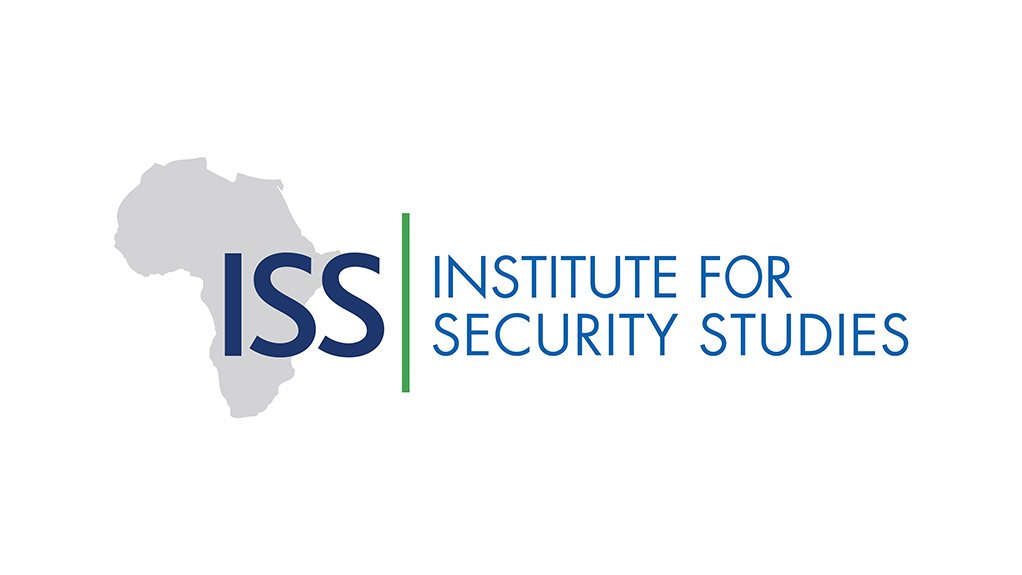Zambia’s imploding deals for debt relief from its many creditors have plunged the country’s fragile economic recovery into uncertainty. It also raises serious doubt over the G20 Common Framework for Debt Treatment for which Zambia was the main test case.
Last year, Zambia’s government secured a provisional deal to restructure US$6.3-billion of debt from official creditors – including China, France and India. As a result, the International Monetary Fund (IMF) agreed to lend Zambia US$1.3-billion because it deemed that the forgiveness of a substantial part of its US$13.25-billion external debt had salvaged Zambia from its debt trap and made its repayments sustainable.
Then in October, Zambia did a separate restructuring deal with private bondholders for another US$3-billion of debt. That looked for a moment like encouraging further progress and the IMF approved it. But in November, the official creditors complained that the bondholders got a better deal than they had – 18 cents more on the dollar.
So, the Zambian government pulled out of the bondholder deal, and both agreements now seem to have collapsed.
The failure is a cruel blow to Zambian President Hakainde Hichilema, who inherited a huge debt overhang – totalling over US$25-billion if you include domestic loans – from his spendthrift predecessor Edgar Lunga. The latter took out large loans from China and others to build largely unnecessary infrastructure. Zambia defaulted on its external debt three years ago, and since then, Hichilema has been struggling to escape the debt trap by seeking debt relief and fiscal prudence.
But the opaque complexities of debt relief negotiations – including, some suspect, creditors’ hidden ulterior motives – seem to have defeated him, at least for now.
The failure of Hichilema's efforts also raises doubts about the workability of the Common Framework that the G20 and Paris Club of government creditors established in 2020 to rescue countries plunged into debt by COVID-19’s economic impact.
Under the comparability of treatment principle set up in the Paris Club, all creditors should take the same basic loss. However, the Zambian case has shown that this is difficult – partly because the negotiations are secret, which precludes reliable comparisons of different treatments.
The government lenders who formed a creditor committee – co-chaired by China and France and deputy chaired by South Africa – sank the recent bondholder deal because they said the bondholders would be given 18 cents more on the dollar than they were offered. Bondholders countered this by saying they had offered more debt relief than bilateral lenders on a net present value basis, and had taken principal haircuts of 18% when official creditors took none.
Those are substantially different claims that should be verifiable.
Calculating on net present value is supposed to enable the comparison of different deals on different loans with varying maturation periods by removing inflation from the equation. But the dispute over the two Zambian deals suggests comparability of treatment isn’t working. And, of course it’s complicated.
A Reuters analysis noted that: ‘Tallying different creditors’ priorities is tricky: bondholders target shorter-term cashflows but will accept principal writedowns, while official creditors favour maturity extensions.’
Much of the problem is that there are no guidelines for mapping the debt treatment process under the Common Framework, says Maryann L Nkunika-Lwandamina, a Senior Economist in the Zambian Ministry of Finance and National Planning.
‘In the meantime, it’s the experience from Chad, Ethiopia and Zambia that will serve as reference points for other countries,’ she continued in a September 2022 paper. She also cited the other two countries that were then wrestling with debt relief negotiations under the Common Framework. ‘It may be beneficial to set up guidelines under the current framework and any other similar initiatives that may be conceived in the future.’
The prevailing consensus among commentators is that transparency is part of the remedy. Danny Bradlow of the University of Pretoria has argued that, ‘Zambia should propose that all its creditors agree to meet with it in one forum and make one agreement dealing with all its debt obligations.
‘While this will, no doubt, complicate negotiations, it will improve the transparency of the process. It will also give each group of creditors confidence that they are all receiving comparable treatment.’
It’s hard to argue with transparency. However, in an interview with ISS Today, Simon Wolfe of Marlowe Global raised legitimate doubts about whether transparency could resolve the Zambian dispute – or any future debt relief deals.
‘The question is whether bilateral creditors, heavily represented by China and private creditors, can agree on the comparability of treatment retroactively. Debt was afforded to Zambia on different terms to start with. It’s unreasonable to expect that all new loans will need to be pre-approved by all possible lenders in the likely or unlikely event that the country may be unable to service its debt in the future.’
Perhaps because that expectation seems improbable, Wolfe suspects it’s likely that ‘China is flexing its muscles so that sovereign bondholders pay a heavier price.’
In any case, Wolfe agrees with others that, ‘The Zambian debt restructuring is a test case for the new Common Framework and will set a precedent for other indebted countries to follow.’ That so far means Chad, Ethiopia and recently Ghana. At the very least, the Zambian case needs to be studied carefully to extract guidelines for others to follow, and which Zambia itself could use to salvage its debt relief.
Meanwhile Zambia says, ‘The Government intends to continue discussions in good faith with all relevant parties on how it can reach a successful and comprehensive debt restructuring.’
Written by Peter Fabricius, Consultant, ISS Pretoria
EMAIL THIS ARTICLE SAVE THIS ARTICLE ARTICLE ENQUIRY
To subscribe email subscriptions@creamermedia.co.za or click here
To advertise email advertising@creamermedia.co.za or click here











